At NBS we are committed to supporting open standards for BIM. Furthermore, we have been one of the most active organisations in the UK involved in developing these standards and encouraging their use. In this article, Stephen Hamil, Director of Design and Innovation at NBS, takes a look at some of these developments over recent years.
buildingSMART IFC
At NBS, we have been members of buildingSMART for many years. Both myself and my colleague Ian Chapman have participated in the committees (Ian is a buildingSMART UK director) and have presented UK initiatives around the world.
Industry Foundation Classes (IFC) are the open and neutral data format for open BIM. In terms of NBS deliverables, our National BIM Library has had IFC at its core from its launch in 2013.
All information within NBS objects in the library is structured primarily to the IFC class name and property sets, irrespective of the software platform. In terms of quantity of objects, the source data for around 5,000 of the generic and manufacturer objects is freely available in IFC.
We believe that this is the largest freely available collection of free-to-use IFC library information available anywhere in the world.
The screenshots below show examples of the National BIM Library information structured to the IFC open standard. In Fig 1.1 it can be seen that the Sika Sarnafil roof system is of type IfcSlabType with a sub type of ROOF. The property sets for Pset_SlabCommon are also filled in with the relevant manufacturer content. In Fig 1.2 a screenshot from the NBS BIM Object Standard showing IFC requirements and associated guidance is displayed.
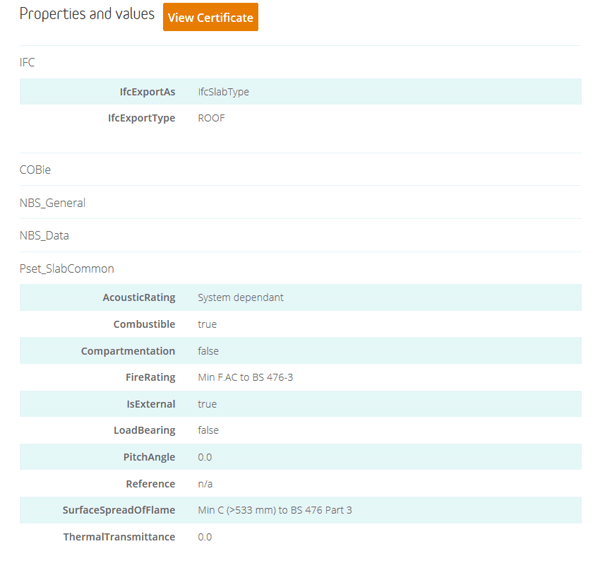
Fig 1.1 – BIM objects with open standard information
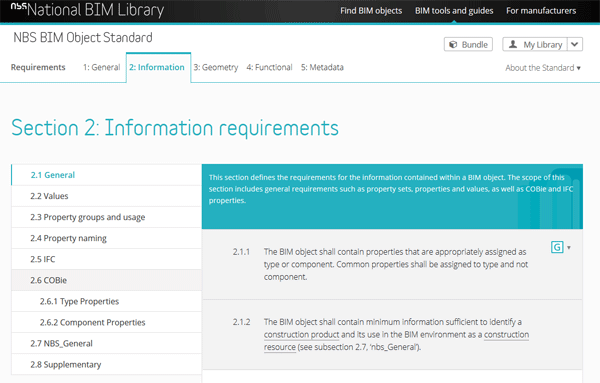
Fig 1.2 – A focus on IFC structures in the NBS BIM Object Standard
COBie UK
The Construction Operations Building information exchange (COBie - BS 1192:4:2014) format is a formal schema that has been adopted as part of the UK Government’s BIM Level-2 package of open standards.
There are a number of software tools now available that help generate or import COBie information.
The NBS BIM Toolkit is one such tool. This tool allows users to define their information requirements and then export this in COBie format so that a supplier may respond with this specific information.
The screenshots below show information requirements for a particular stage of a project being set using the free-to-use NBS BIM Toolkit and then how this information appears once exported to COBie.
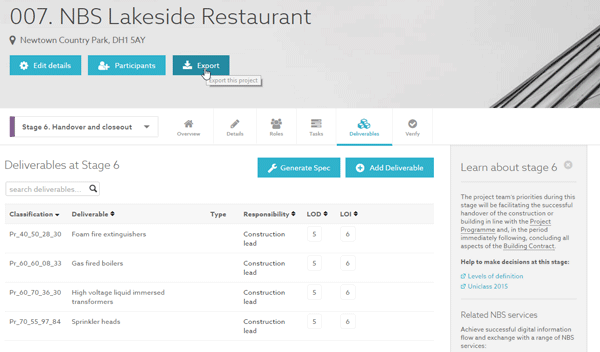
Fig 2.1 Specifying information requirements using the BIM Toolkit
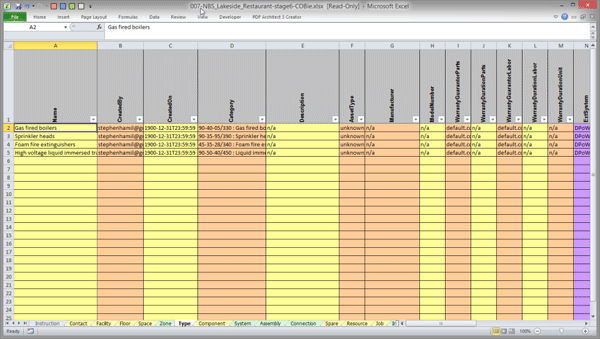
Fig 2.2 The information requirements to the COBie data schema viewed in a spreadsheet format
In addition to this, when generating COBie from the BIM Toolkit, the latest Uniclass 2015 picklists for relevant classification tables for items such spaces, locations, systems and products are included.
In addition to this, when generating COBie from the BIM Toolkit, the latest Uniclass 2015 picklists for relevant classification tables for items such spaces, locations, systems and products are included.
Another NBS tool that supports COBie is NBS Create. Functionality is included that allows the specification information to be exported to COBie format. This allows the key information from ‘as built’ specifications to be then imported into a client’s FM software. The screenshot below shows this export option:
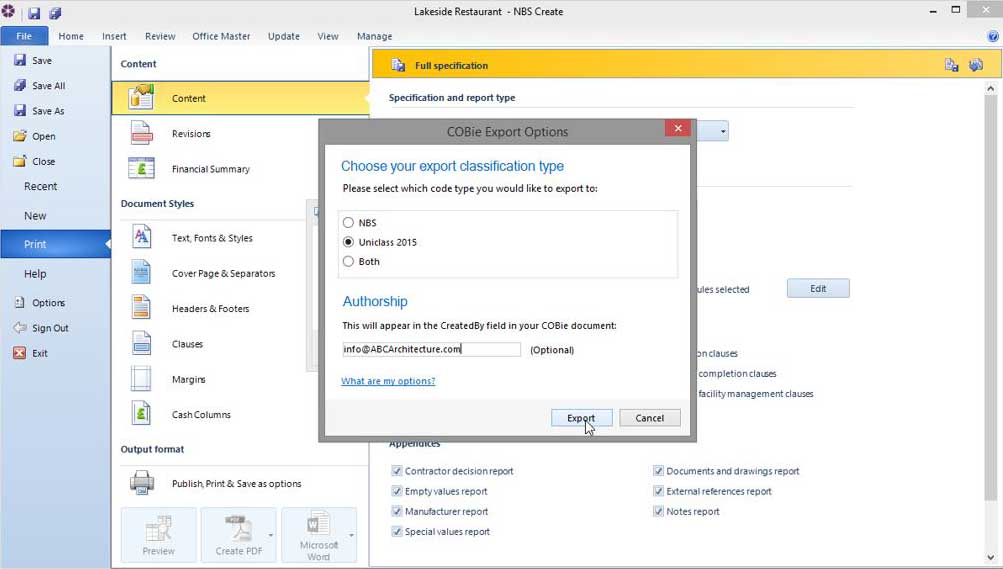
Fig 2.3 Export to COBie from NBS Create
Research
Over recent years NBS has worked collaboratively on projects pushing the capabilities of what technology can do with open standard information. Screenshots from some of this work are included below. Some of this work is private, but information in the public domain is hyperlinked below:
Interoperable carbon information model
NBS worked with a number of organisations to develop a prototype that allows users to make informed design decisions based on key environmental criteria such as embodied carbon and recycled content. The 3D viewing technology was developed by BIM Academy, the technical data was structured by NBS in IFC based on sources such as the University of Bath’s embodied carbon database.
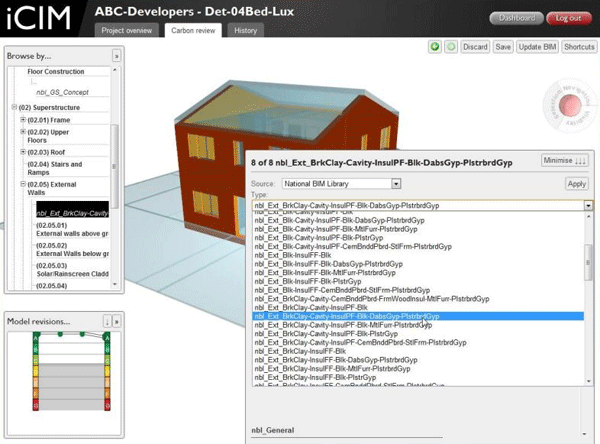
Fig 3.1 Environmental assessment of models using IFC
For further information on this project see 'Construction Code: National BIM Library, IFC, Financial cost and Environmental impact'
Automatic code checking
NBS funded a PhD study with Northumbria University into the automatic code checking of building regulations using BIM and IFC. As an extension of this work we also worked with software pioneers Solibri and the UK’s largest built environment compliance consultancy Butler & Young to complete a pilot project looking into the feasibility of developing this into a commercial offering.
For further information on this project see 'NBS pioneering automated checking of Building Regulations'
Verification of BIM deliverables
As part of the BIM Toolkit project, NBS worked with BIM Academy to develop tools to verify that the information in a model matches the information that has been requested by the client.
An online tool that allows the comparison of information in two COBie data sources will go live later this year. But in addition to this, the open source BIM Academy xBIM components were developed further and this was extended to work using IFC through 3D web viewing technology.
See 'Construction Code: BIM Toolkit and Verification'
Digital object identifiers
Another research initiative that is currently in development is a part-funded Innovate UK project looking at the feasibility and usefulness of a Digital Object Identifier (DOI) for building products.
Working with BSI (British Standards Institution) and the Construction Products Association (CPA) we have developed a prototype and are now trialling this with users. A common online identification system for construction products is being developed and open data standards are once more at the heart of this.
For further information on this project see 'Major research project launched to identify the next step in digitising the construction industry'.
Developing standards
In addition to the work covered in this article, at NBS we are also very active on the BSI B/555 committee on which our Chief Executive Richard Waterhouse is the chair. The B/555 committee is behind the production of the BIM Level-2 standards such as the BS 1192 and BS 8541 series.
At a European level Richard, myself and Ian Chapman also represent the UK on the CEN/TC 442 technical body defining BIM standards across Europe.
Watch a short video interview in which Richard Waterhouse explains the importance of open standards:


